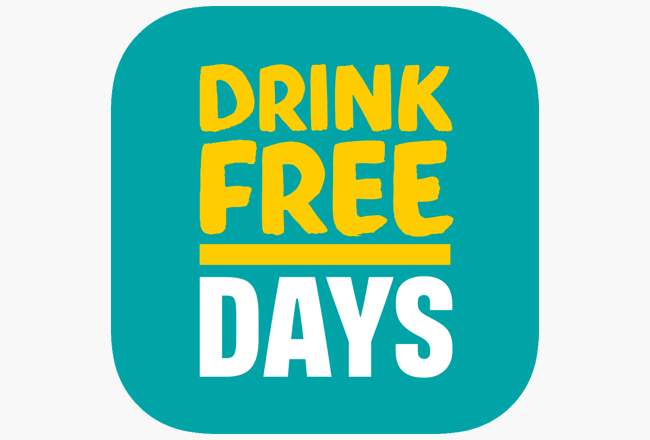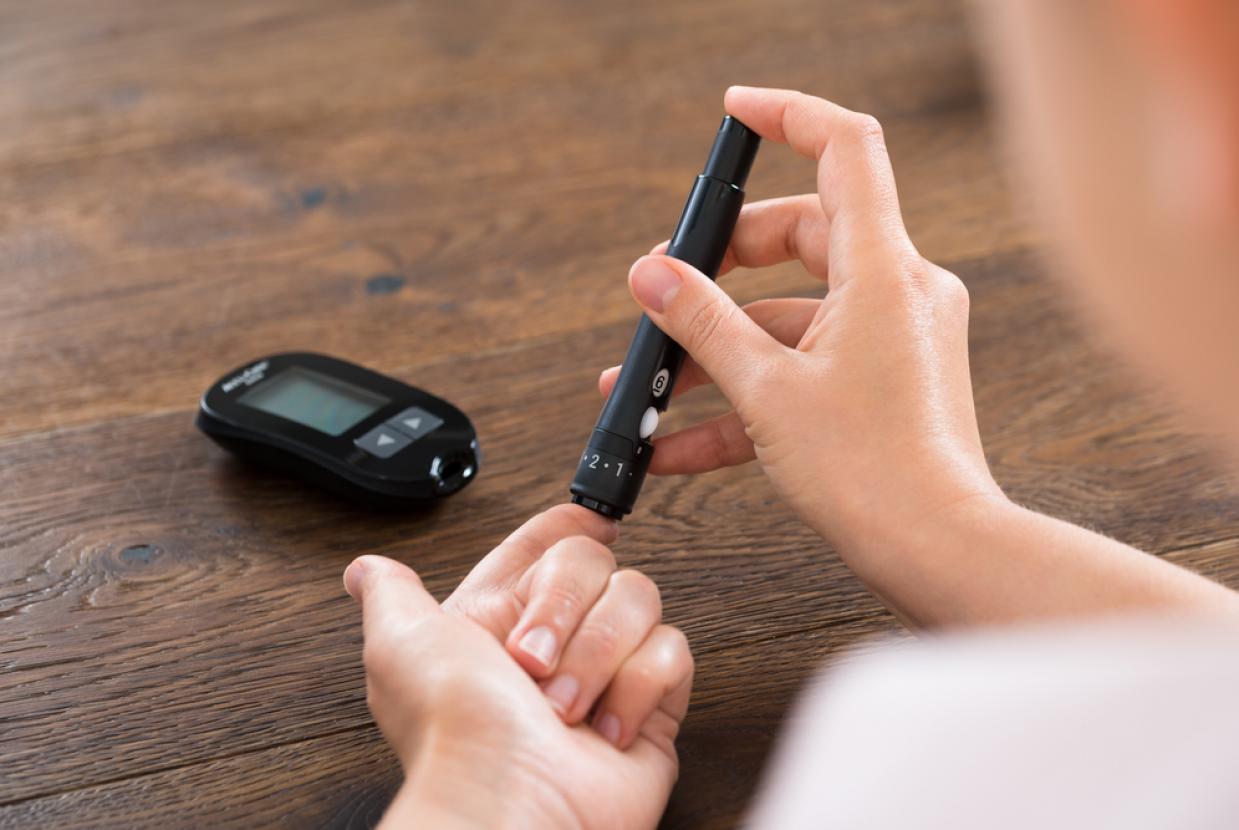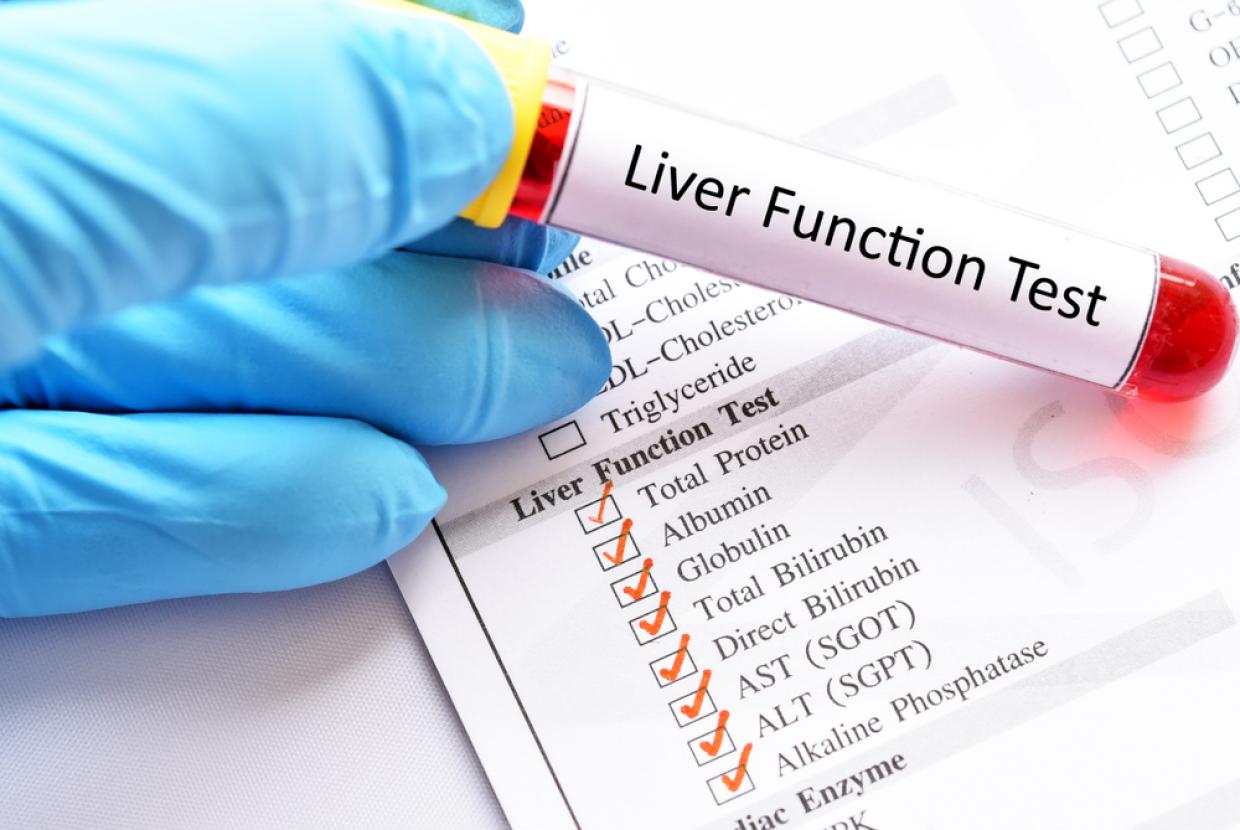Alcohol Awareness Week: Am I Drinking Too Much?
Alcohol GuidanceKnowing ‘how much is too much’ can be confusing when it comes to alcohol. Most of us feel that we know when we’ve overdone it, but sometimes drinking can ‘creep up’ on us and, over time, we can find that we’re drinking more than we would like.
For this reason, in 2016, the UK’s top doctors – the Chief Medical Officers (CMOs) – published new ‘low-risk’ drinking guidelines to help give us a steer about how we can minimise the risks associated with drinking and make healthier choices.
It's safest not to drink more than 14 units per week, spread over three or more days and with a few days off.
What do the low-risk drinking guidelines say?
The guidelines for both men and women state that:
- You are safest not to drink more than 14 units per week. 14 units means roughly six pints of lager or one and a half bottles of wine. Use this handy calculator to work out the number of units in your drinks.
- It is best to spread this drinking over three days or more during the week.
- A good way to help you keep the risk low is to have several alcohol-free days each week.
- If you are pregnant or planning a pregnancy, the safest approach is not to drink alcohol at all, to keep risks to your baby to a minimum.
Want to check how healthy your drinking is?
What about kids and teenagers?
There is clear evidence that alcohol can harm the developing brain, bones and hormones, so an alcohol-free childhood up to at least the age of 15 and ideally 18 is the healthiest option. You can find out more about this in the related content below.
Why did the guidelines change in 2016?
Before 2016, the guidelines were last revised in 1995. We’ve learned a lot since then as more research has been done about the risks associated with alcohol. For that reason, there are two main changes:
- A shift from daily to weekly guidelines. Not everyone drinks every day – some of us only drink on the weekend, some of us only drink on certain evenings of the week, and so on. Therefore, in terms of simplicity of message and to best reflect how we drink as a society, it was decided that weekly guidelines provide an easier benchmark for people.
- The drinking guidelines now recommend the same low-risk level for men and women. This is because, while long-term alcohol-health risks are generally higher for women than men, men face much higher risks of immediate harm, like injuries.
Alcohol is linked to more than 60 medical conditions including liver disease, at least six forms of cancer and depression.
A risky business?
What we’re really talking about here is what level of risk is acceptable to each of us. The guidelines aim to provide us all with a general framework, based on the latest science, to help us to make informed choices about our drinking. Sticking to no more than 14 units a week isn’t a guarantee that our health won’t be negatively impacted by alcohol, and drinking above 14 units doesn’t mean you definitely will have health problems either. But, as a general rule, if we drink at low levels, then we keep the risk of harm to low levels too.














































